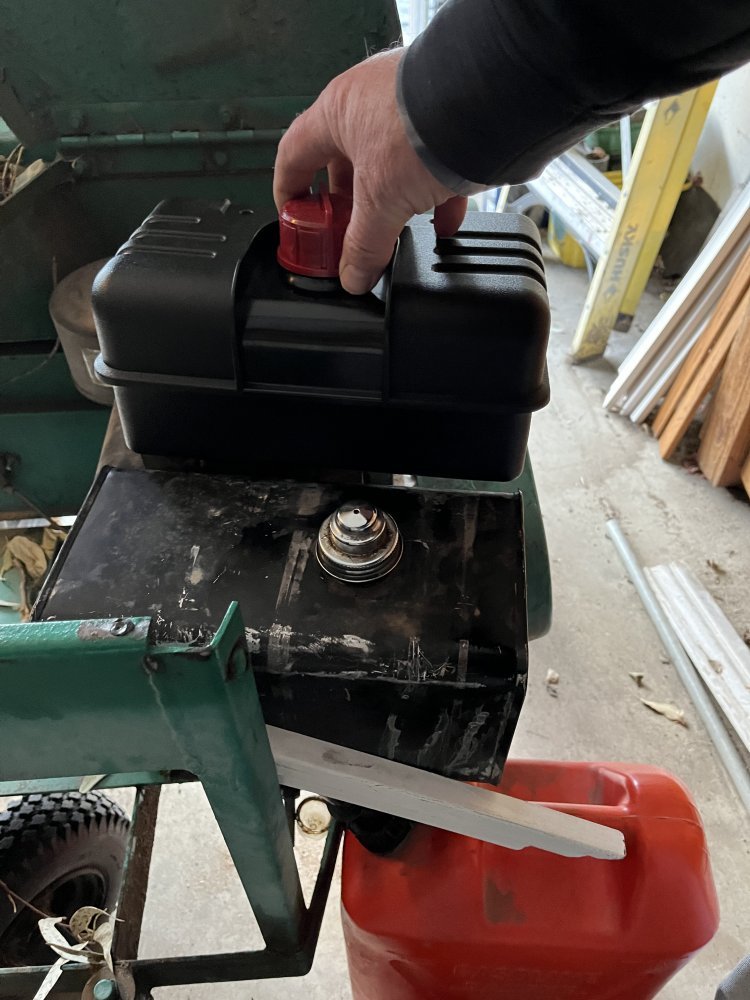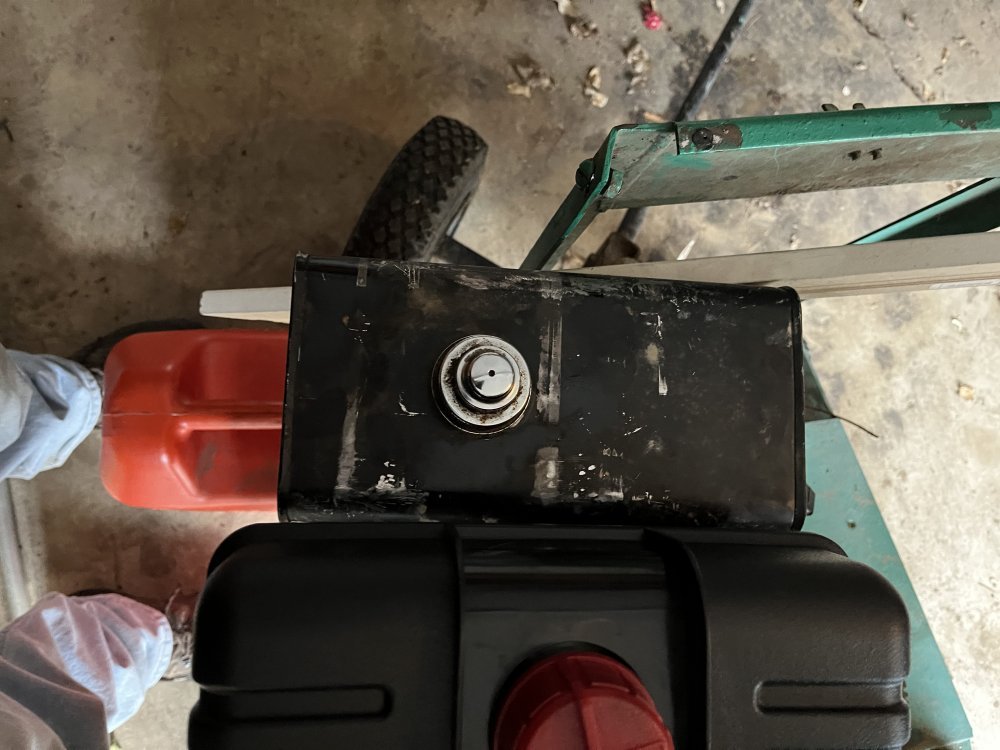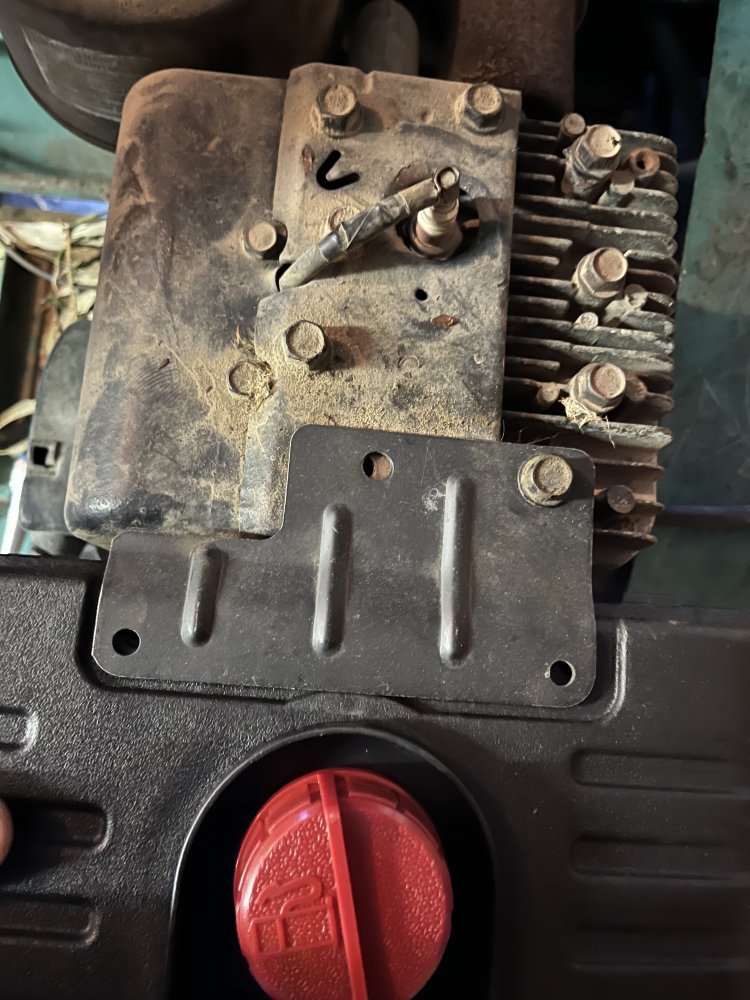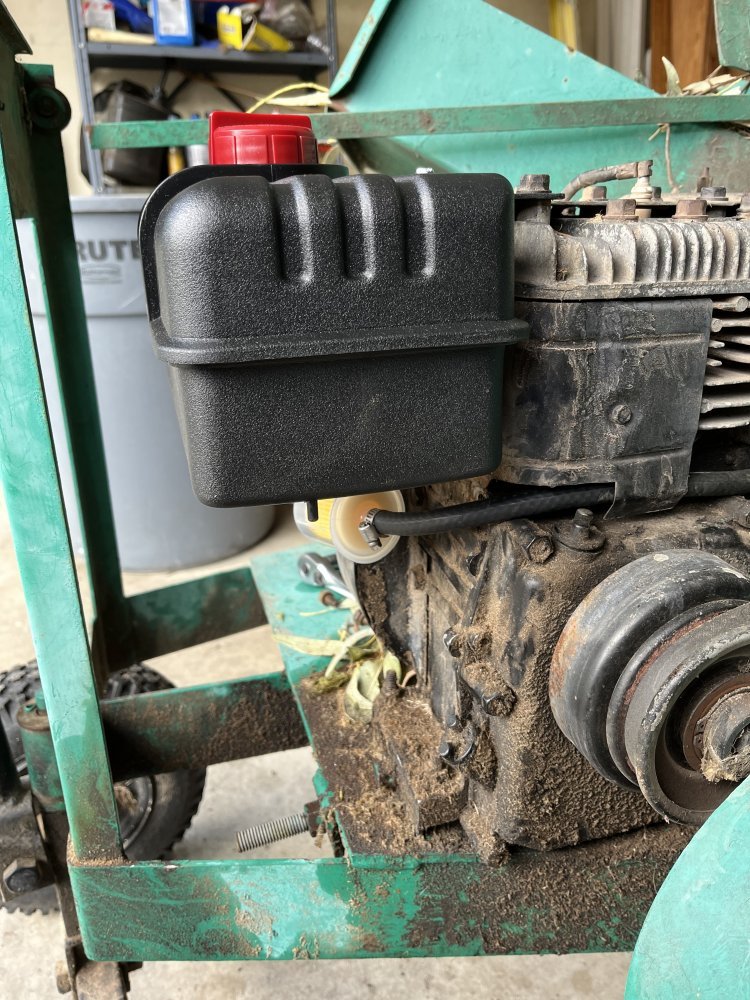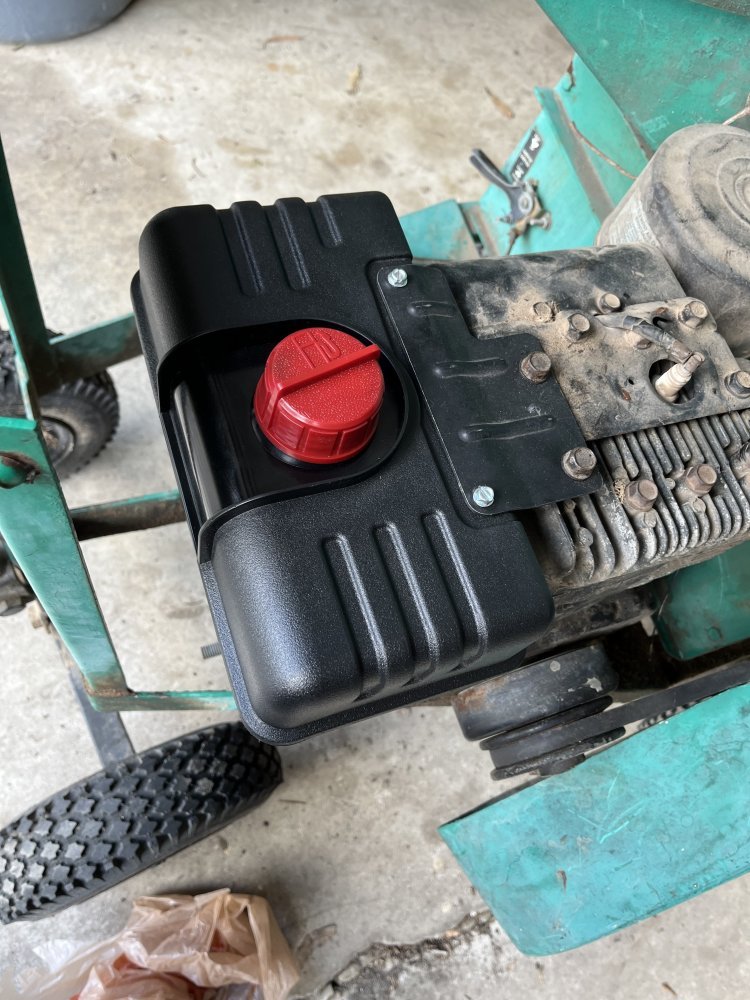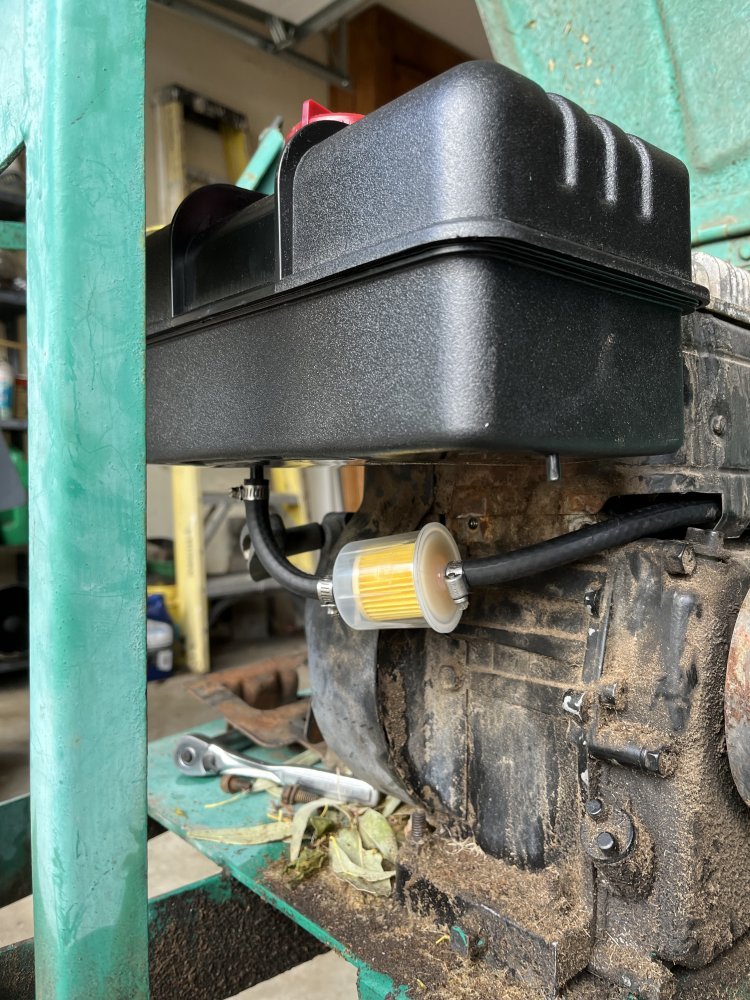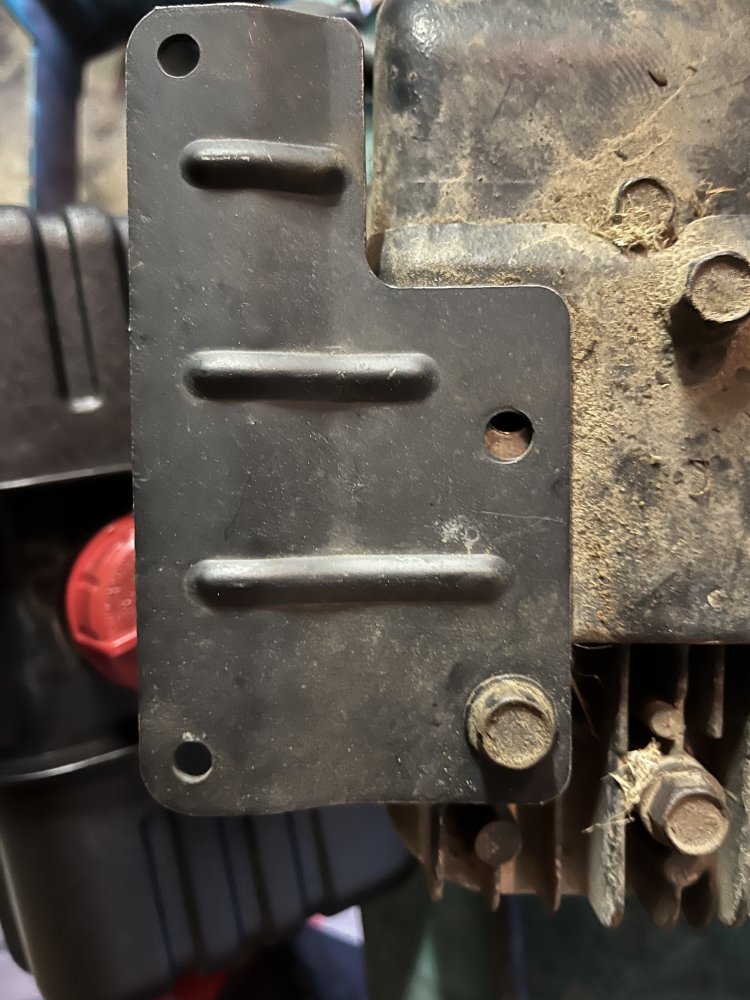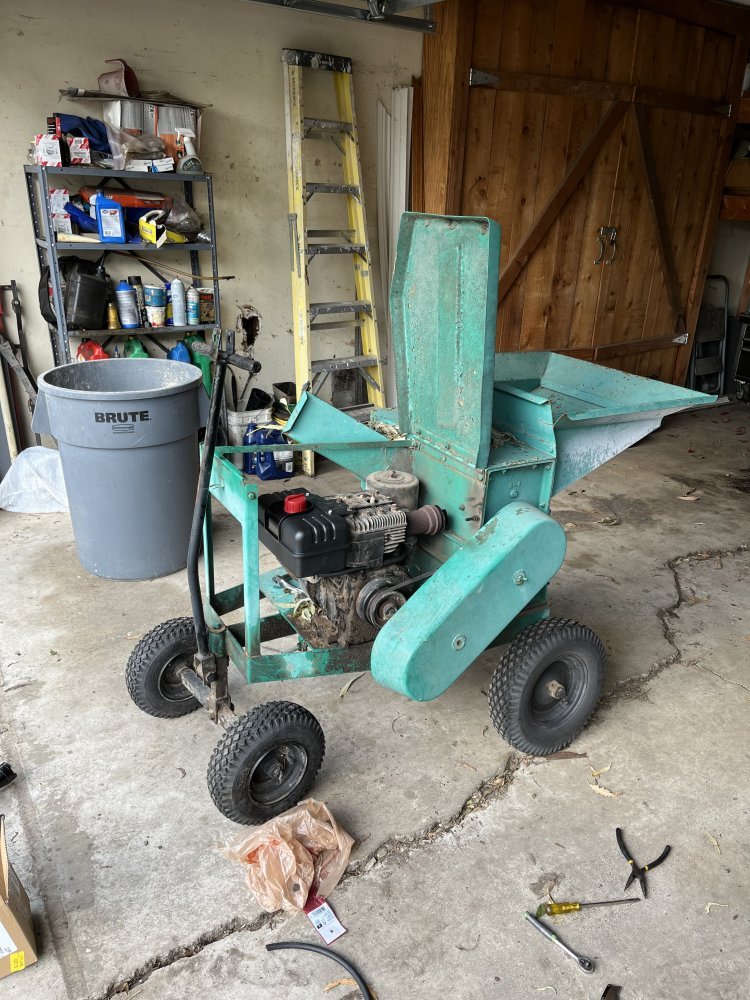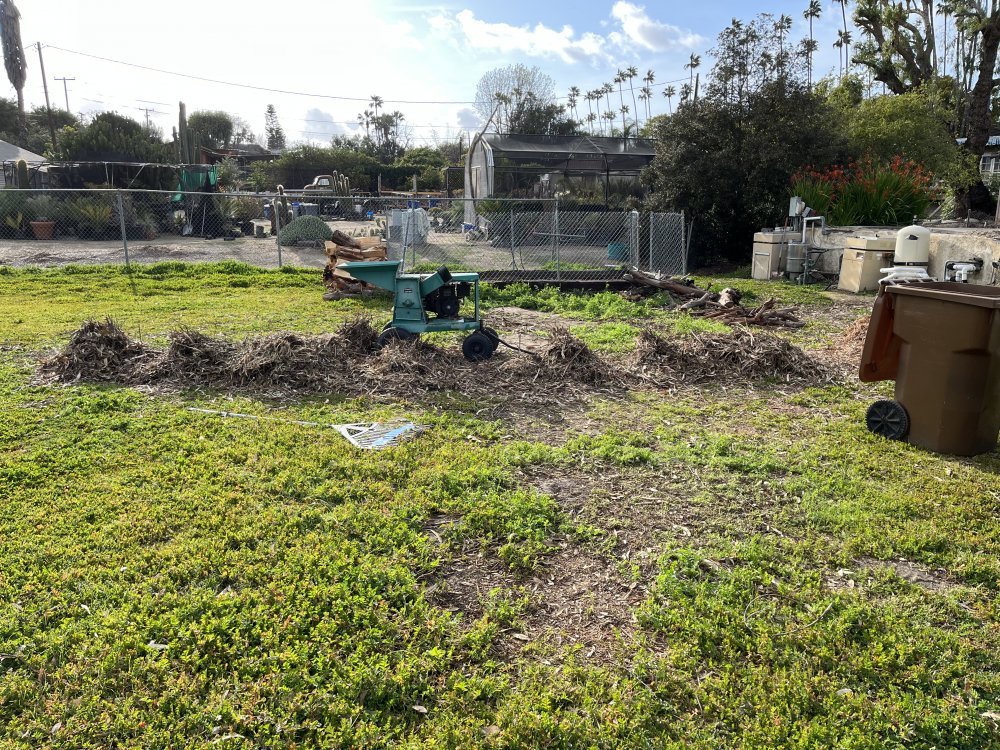MrMarty51
Well-Known Member
Glow plug wires is all good. GPs was all good. IP is good. The injectors was all bad. I am waiting for a reply from one of the members about getting him to rebuild the injectors.i kinda got lost here,. you have a couple of bad glow plugs/wires,.? but you are changing the pump? sorry i don't quite follow,.?
The thing I am working on is, I have a spare reman IP that is charged full of diesel fuel. This is a DS4 pump. I want to purge the pump of diesel fuel and charge it with hydraulic jack oil. The diesel fuel will eventually break down and gum the interior components of the pump rendering it worthless in a time of need.
With all of the electronics related to the IP I am finding it difficult to get the IP to flow through the pump and out the injection nozzles.
A reman pump comes charged with a test fluid that does not break down no matter how many years the pump might set on the shelf or bench.
Thats all.

